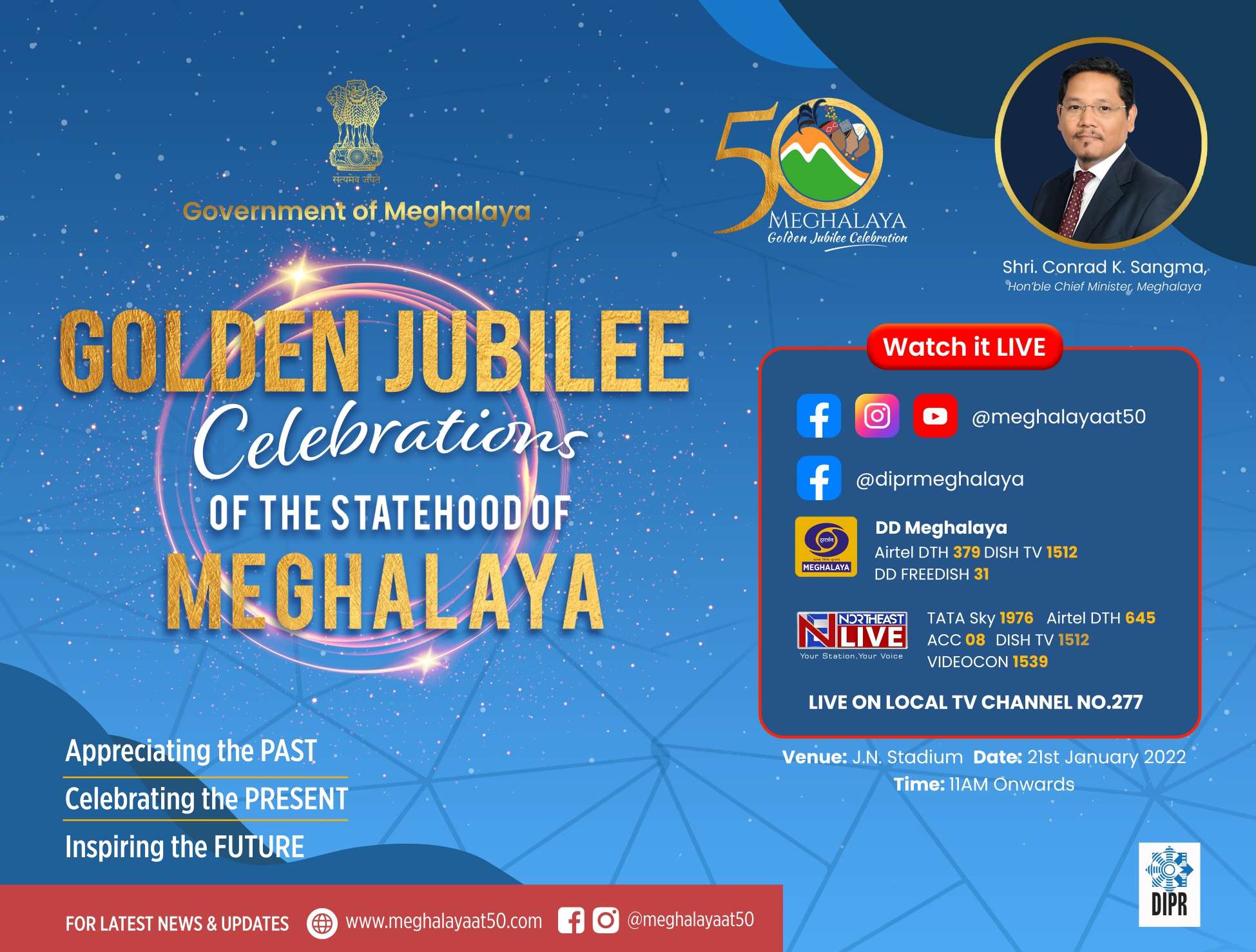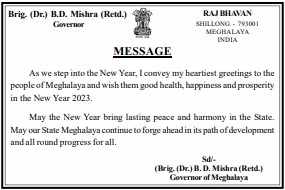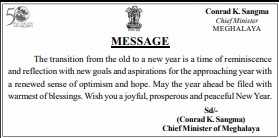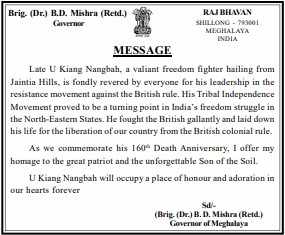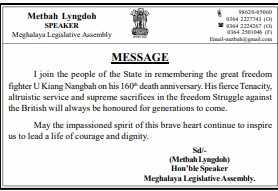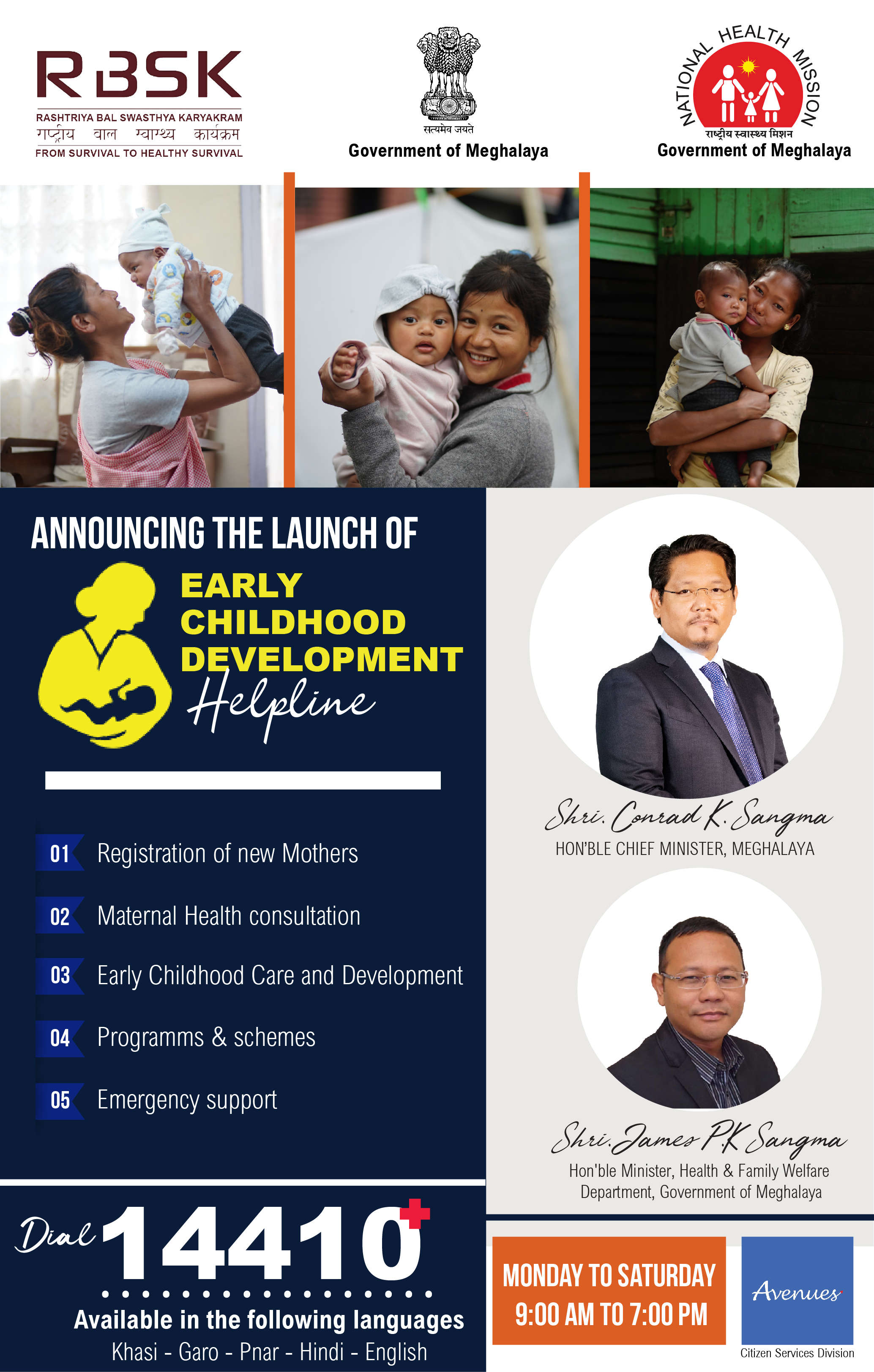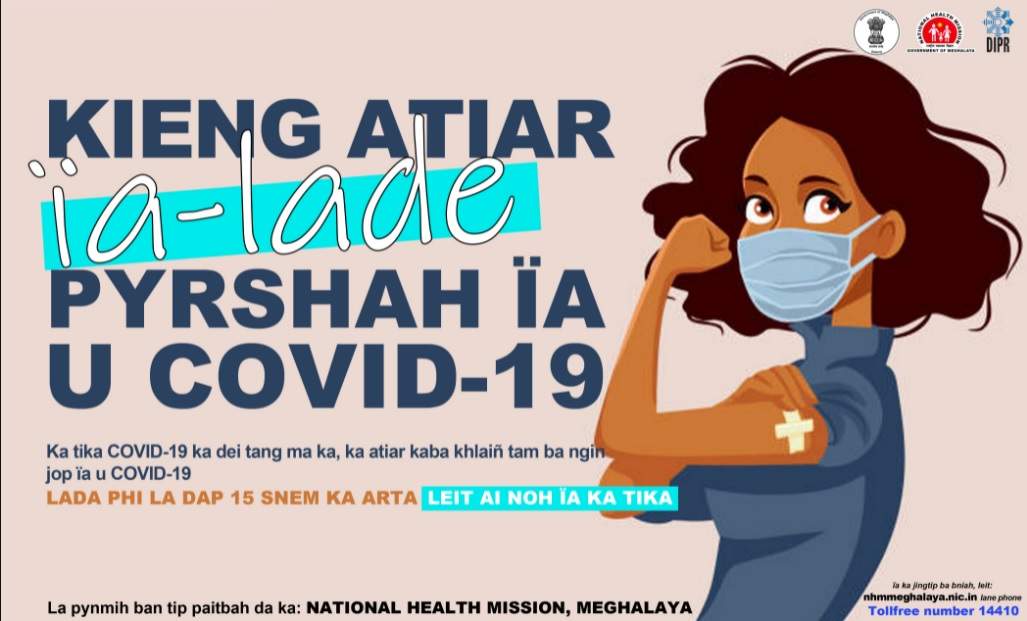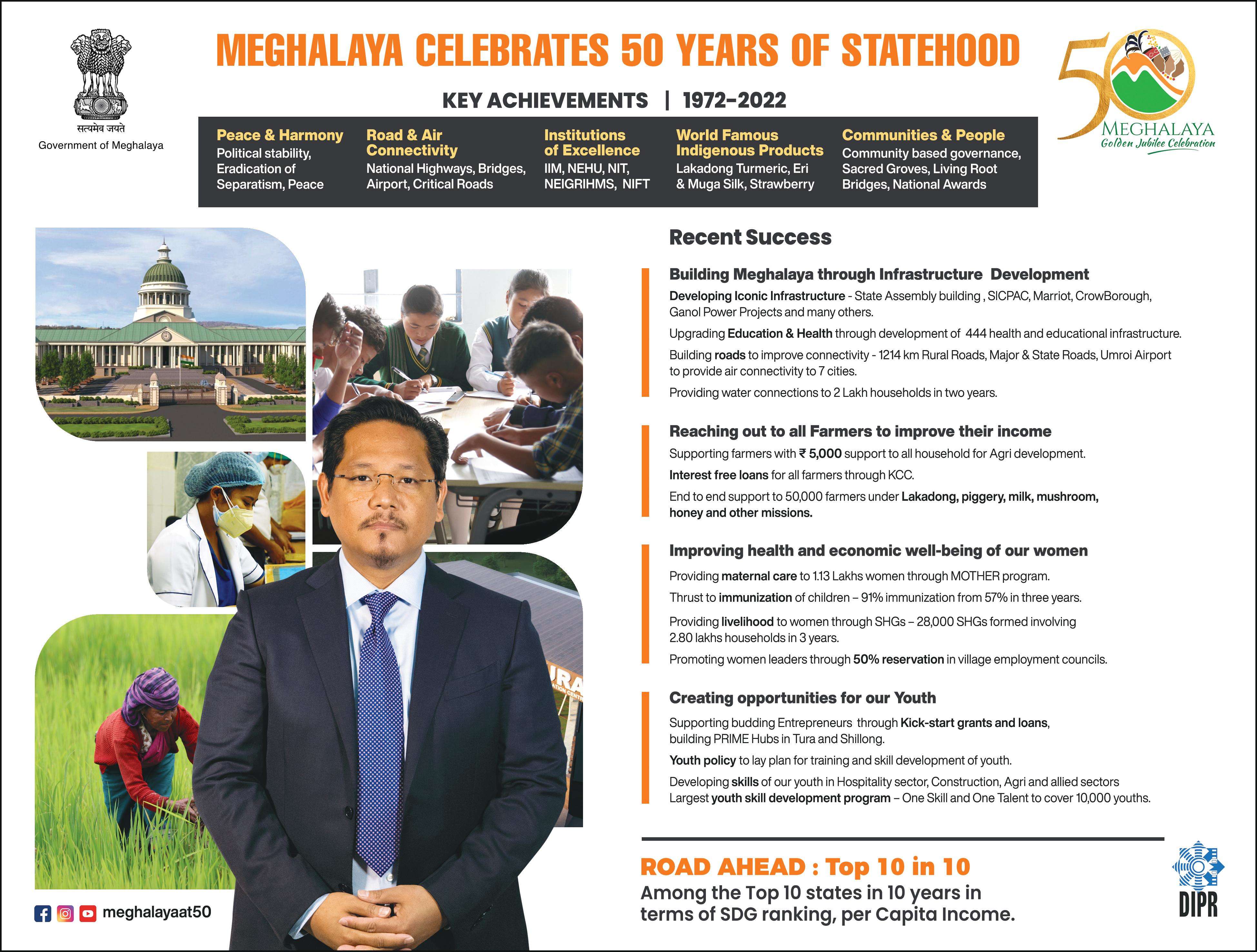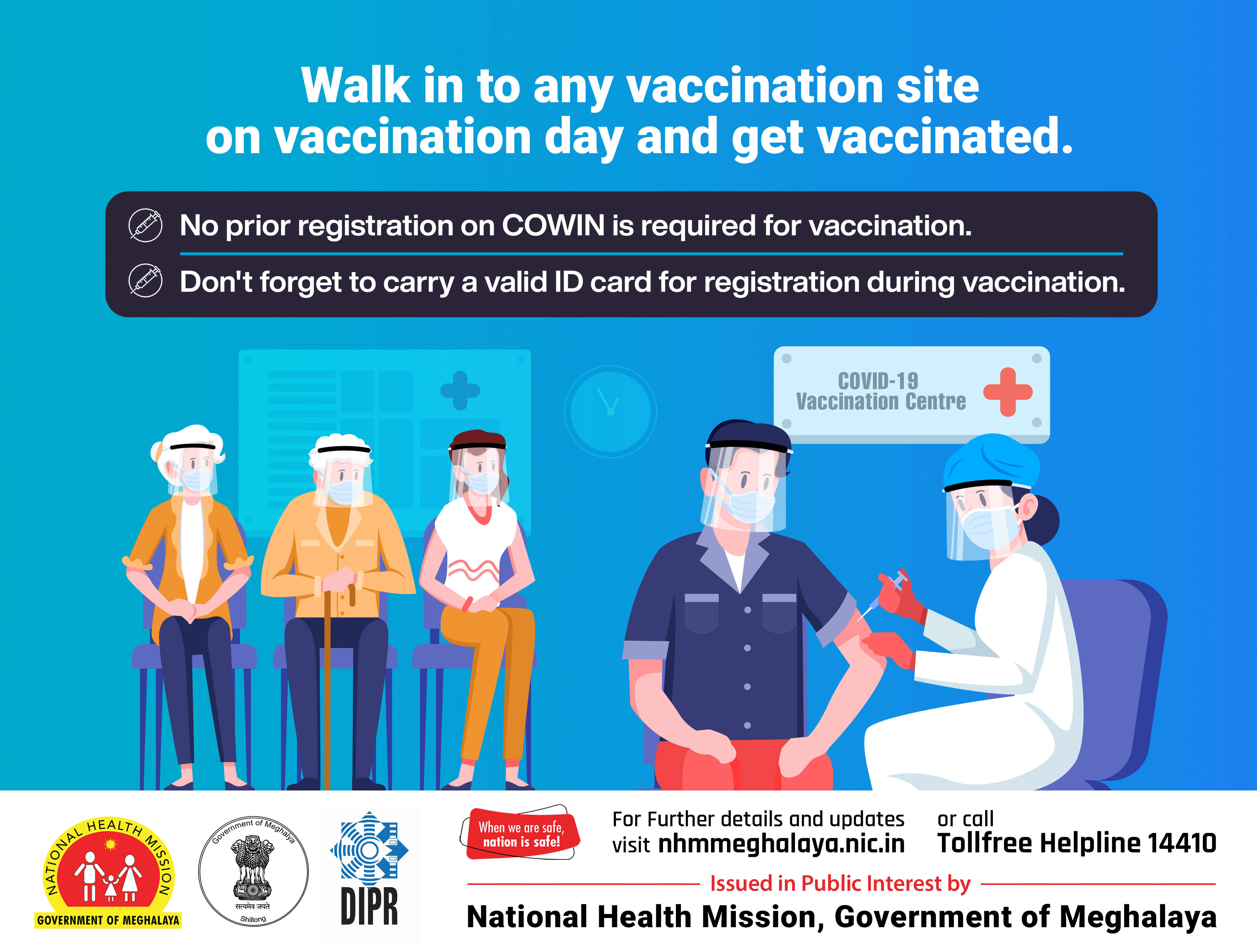Meghalaya’s whistling village inclusion demanded in UNESCO list

SHILLONG | August 1, 2019:
Kongthong village, popularly known as a whistling or singing village in Meghalaya is located around 56km away from the main capital.
This village has caught the attention of many with its extraordinary tune,
as the mothers here have composed a unique tune, locally called jingrwai ïawbei, for each child.
For the first time in Rajya Sabha during a zero hour discussion on Tuesday, the uniqueness of this village in Meghalaya was mentioned by Rajya Sabha MP Rakesh Sinha of BJP.
ALSO READ: Assam: 3 Jamat-Ul-Mujahideen Bangladesh (JMB) operatives held in Barpeta
Sinha, asked the government to ensure the inclusion of this unique village in UNESCO's list list of Intangible Cultural Heritage. Fearing that the unique practice could disappear, Sinha had called for the creation of a Heritage Library to safeguard the practice.
Kongthong, is a remote Khasi village in Meghalaya of the Indian sub-continent is characterized by a unique age-old practice of communication through whistling. It is located in Khatarshnong Laitkroh Tehsil of East Khasi Hills district in Meghalaya, India.
It is perhaps the only place in India where people communicate among themselves through whistling and using different tunes to call each other.
ALSO READ: Tripura: Police inspector dismissed from service for "negligence of duty"
When a child is born in Kongthong, the mother or the aunt composes a tune — they call it sur — for the child. Sometimes other members of the family may also suggest these "caller" tunes that are roughly one minute long. But the mother has the final say in selecting the tune.
In 2017, Unesco had inscribed Turkey's Whistled Language on the List of Intangible Cultural Heritage in need of urgent safeguarding.
ALSO READ: Meghalaya: Man murders brother-in-law, dumps his body in ring well
According to Unesco, the whistled language is a method of communication that uses whistling to simulate and articulate words.
The practice developed as a result of the steep mountains and rugged topography of the region, which required the local population to find an alternative way to communicate across long distances. The practitioners are mainly agricultural communities who spend most of their lives outdoors. Unesco has noted that one of the key threats to the practice is use of mobile phones.

